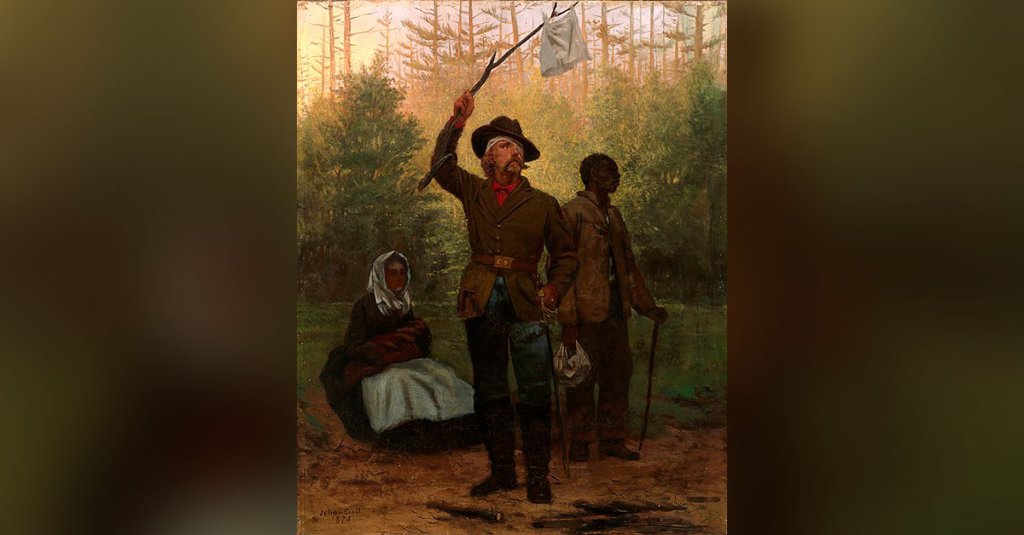On June 2, 1865, the final Confederate armies officially surrendered, effectively ending the Civil War, which had begun four years earlier on April 12, 1861, when Confederate General Pierre G.T. Beauregard opened fire on Union-held Fort Sumter in South Carolina’s Charleston Harbor. U.S. President Abraham Lincoln quickly called upon loyal forces to quell the Southern insurrection, which would become the bloodiest war in American history.

While General Robert E. Lee had surrendered the Army of Northern Virginia to General Ulysses S. Grant on April 9, 1865, in Appomattox, Virginia, other Confederate forces remained in the field. Confederate General Joseph E. Johnston followed suit and surrendered on April 26, 1865, near Durham Station, North Carolina.
Finally, recognizing the cause as being lost, General Edmund Kirby Smith negotiated the surrender of his forces as well. On June 2, in Galveston, Texas, he signed the surrender before fleeing to Cuba by way of Mexico.
Although a force of Native Americans under Confederate Brigadier General Stand Watie, a Cherokee chief, didn’t formally surrender until June 23, General Smith’s surrender is considered the official end of the Civil War.
Featured Image: Julian Scott, 1873, Surrender of a Confederate Soldier. (Smithsonian American Art Museum, Washington, D.C.)


